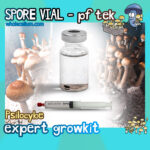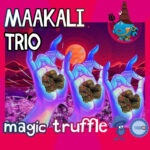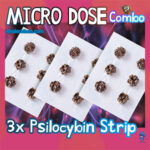When psychedelic research was stymied, Grof found new and innovative ways to continue his research. And, now it has been re-ignited we continue to use many of his methods and ideas today.
His influence stretches across science, psychiatry, philosophy, spirituality and more. Due to this many notables in these fields class him as an unparalleled innovator and inspiration.
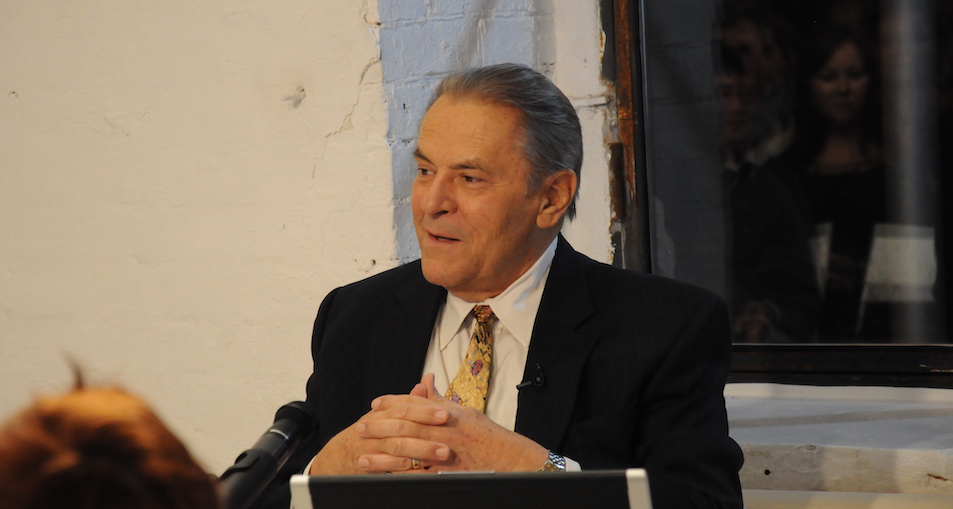
If you needed any more convincing Deepak Chopra M.D. espoused;
“Stan Grof is a giant among us, and we are fortunate to stand on his shoulders. To call him the Einstein of consciousness would be an understatement… Future generations will forever acknowledge him for helping us wake up from our collective hypnosis that we call everyday reality.”
‘Einstein of consciousness’ eh? Let’s dive in!
Who Is Stanislav Grof?
Stanislav Grof was born in 1931 in Prague, in what is now the Czech Republic. While achieving his M.D from Charles University in Prague, between 1954-1956, he received samples of LSD from Sandoz Pharmaceuticals where Albert Hofmann, creator of the drug worked. Grof and his colleagues would go on to study the substance, as well as DMT and other tryptamines at length. It was during this time — the ‘golden age’ of psychedelic research, that Grof began to plot out the tenets of psychedelic therapy we still use today. And no wonder, for Grof states that at the peak of this psychedelic boom he was conducting two LSD sessions a day. By the time psychedelics were outlawed in 1971, he had conducted over 4500 in total.
Grof stated;
“LSD is a catalyst or amplifier of mental processes. If properly used it could become something like the microscope or telescope of psychiatry.”
This hunch, as we know, proved to be a hit. In 1967, Grof was invited to Johns Hopkins University School of Medicine in Baltimore, United States to work as a clinical and research fellow. In 1969 he became the Assistant Professor of Psychiatry.
Grof Set Out The Protocols of Psychedelic Therapy
By this point Grof had devised what are now essential protocols in psychedelic therapy. The patient would first be screened and analyzed — the psychedelic aspect of the therapy (in this case LSD) would be just one part in a wider therapeutic course. Grof saw everyone from cancer patients suffering end-of-life- anxiety to ‘normal’ people. The session itself would usually last around 10 hours, and would take place in a safe and controlled environment. A supportive but mainly non-intervening therapist would be present, with closed or covered eyes, and music. This method would lead the patient on a healing spiritual journey of death and rebirth.
Basically, a very similar protocol to what we use today!
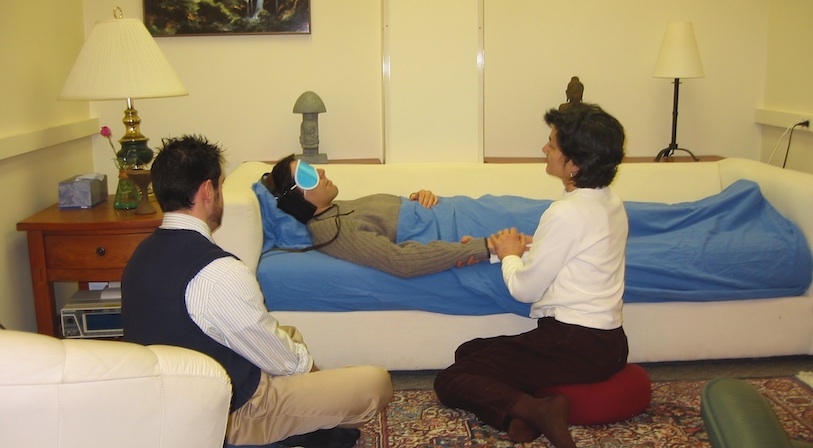
However, in 1971, this burgeoning research field was halted by the ban on psychoactive substances, causing Grof to state;
“By banning psychedelic research we have not only given up the study of an interesting drug or group of substances, but also abandoned one of the most promising approaches to the understanding of the human mind and consciousness.”
So what was a world leading expert on ‘non-ordinary consciousness’ to do? Well, invent a new transcendental breathing regime, that’s what!
Holotropic Breathwork
In 1973, Grof moved to California to become a scholar-in-residence at the Esalen Institute. It was whilst he was there that he and his wife Chistina began to develop Holotropic Breathwork. The word ‘holotropic’ has Greek etymology, and basically translates as ‘moving towards wholeness’. It is structured much like the traditional psychedelic therapy treatment, but instead of a psychedelic being administered special breathing techniques are used.
Grof explained;
“This seemingly simple process, combining breathing, evocative music and other forms of sound, bodywork, and artistic expression, has an extraordinary potential for opening the way for exploring the entire spectrum of the inner world,”
Although there has been little clinical research to the effects of Holotropic Breathwork, it exists within a category of non-psychedelically induced psychonautics, with others including meditation.
Cartography of the Psyche
Another of Grof’s life-works has been what he calls the ‘cartography of the psyche’ — i.e. the map of the mind. Originally a Freud scholar, he expanded and developed the traditional categories of the mind according to traditional psychotherapy. These were the ‘post-natal’ biography (your life and experiences since you were born) and the Freudian model of the individual unconscious. Grof proposed that these categories were woefully limited for building a full map of the human psyche. He added the ‘perinatal’ (prenatal and birth memories) and the ‘transpersonal’ (beyond identity and ego, time and space, something like ego-death).
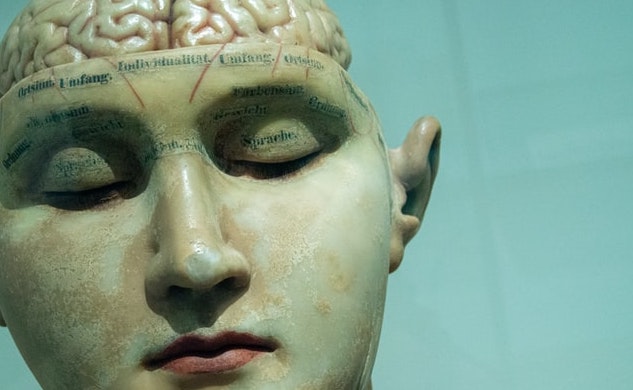
These new models laid out by Grof nominate him, by some, as the natural successor to Jung and Freud.
A Living Psychedelic Legend
Today Jung has published or co-published over 160 papers and his psychedelic legacy is vast. Almost everyone today working in the field, such as Rick Doblin from MAPS or Dr. Robin Carhart-Harris, cites him as an inspiration. Today he is still continuing to inspire, working at the California Institute of Integral Studies.
We can end with a psychedelic grandaddy love-in from two greats;
Stanislav Grof —
“LSD is not a problem child, in fact, he is a prodigious child. The problem is that he had to grow up in a dysfunctional family.”
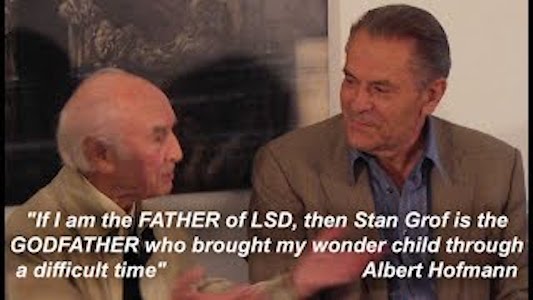
Both illustrate that psychedelics are a wonderful, magical and misunderstood thing. And, with the work of Stanislav Grof we get to understand so much more.

